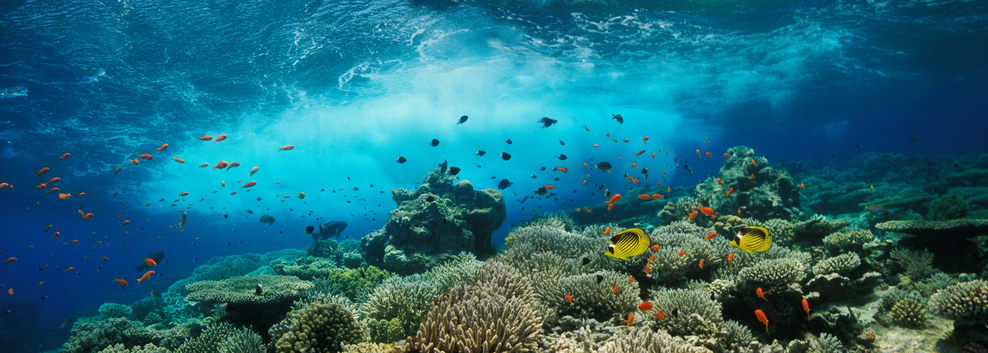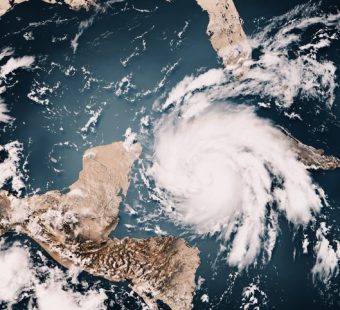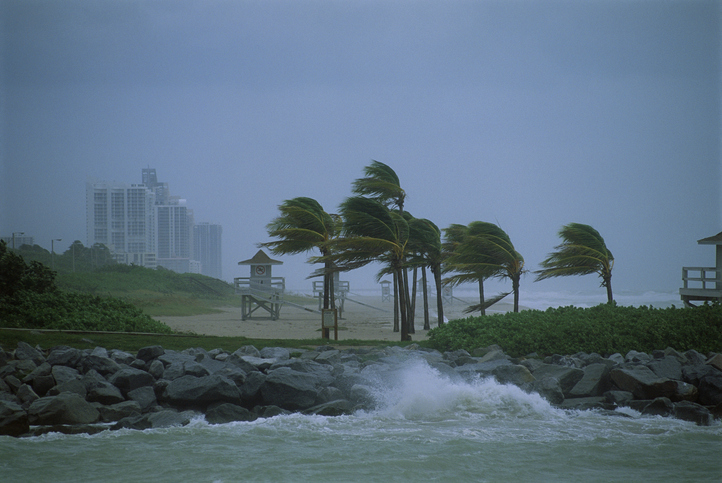
Hurricane Lisa’s Belize Landfall Triggered Parametric Payout for Coral Reef Protection
Jeff Dunsavage, Senior Research Analyst, Triple-I (11/17/2022)
Hurricane Lisa’s landfall in Belize on November 2 triggered a parametric insurance policy that quickly provides funds to repair storm damage to the world’s second-largest barrier reef system.
The Mesoamerican reef system was affected when Lisa struck the Turneffe Atoll in the Caribbean Sea off the coast of Belize as a Category 1 storm. The event activated a $175,000 payout to finance immediate reef recovery and restoration. The parametric product was developed by the Mesoamerican Reef Fund (MAR Fund) and WTW’s Climate and Resilience Hub, with the policy underwritten by AXA Climate and Munich Re and placed by WTW’s alternative risk transfer team.
Unlike traditional indemnity insurance, parametric structures cover risks without the complications and delays of sending adjusters to assess damage after an event. Instead of paying for damage that has occurred, a parametric policy pays if certain agreed-upon conditions are met – for example, a specific wind speed or earthquake magnitude in a particular area. If coverage is triggered, a payment is made, regardless of damage.
Research has demonstrated the protective benefits provided by coral reefs, mangroves, and barrier islands – natural features that frequently fall victim to development – by limiting tropical storm damage. Speed of payment and reduced administration costs can ease the burden on both insurers and policyholders while quickly providing the liquidity needed for post-catastrophe resilience.
In 2020, Hurricane Delta triggered an $800,000 payout from a parametric arrangement to the Trust for the Integrated Management of the Coastal Zone, Social Development, and Security for the State of Quintana Roo, Mexico. Quintana Roo had partnered with hotel owners, the Nature Conservancy, and the National Parks Commission to pilot a conservation strategy involving a parametric policy that pays out if wind speeds greater than 100 knots hit a predefined area.
Similar approaches could be applied to protecting mangroves, commercial fish stocks that can be harmed by overfishing or habitat loss, or other intrinsically valuable assets that are hard to insure with traditional approaches.



